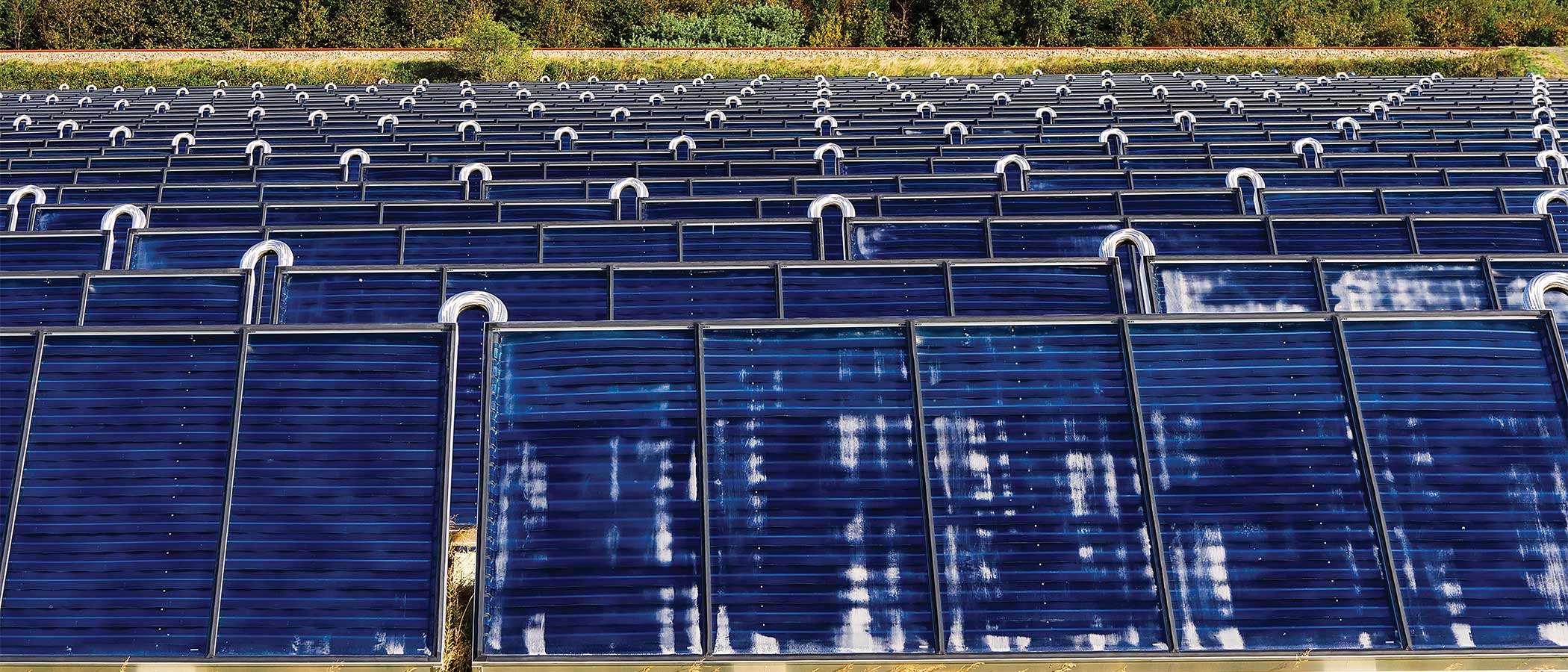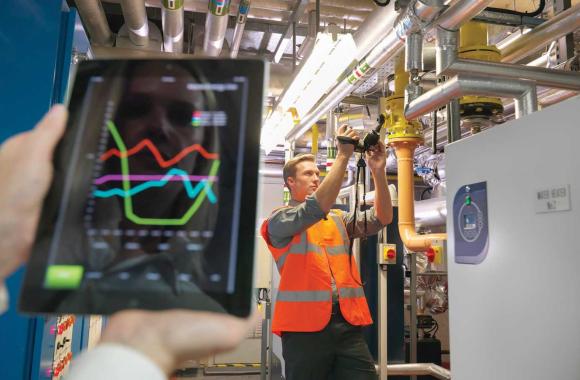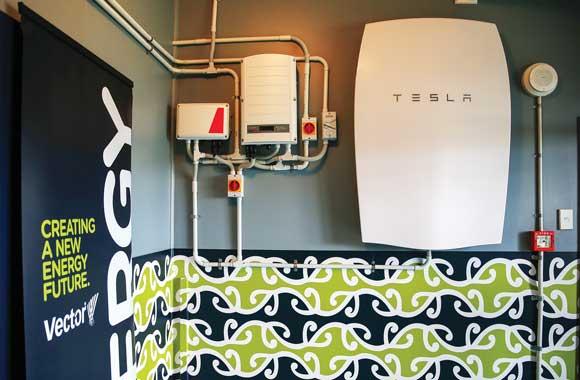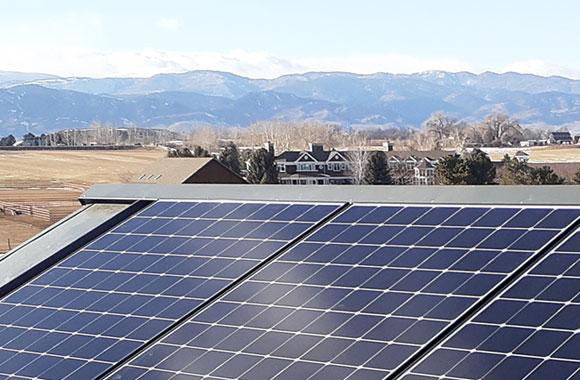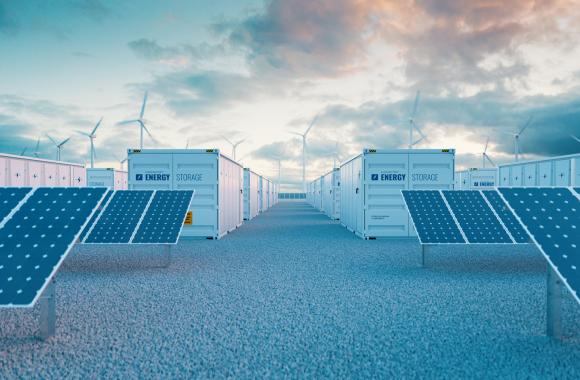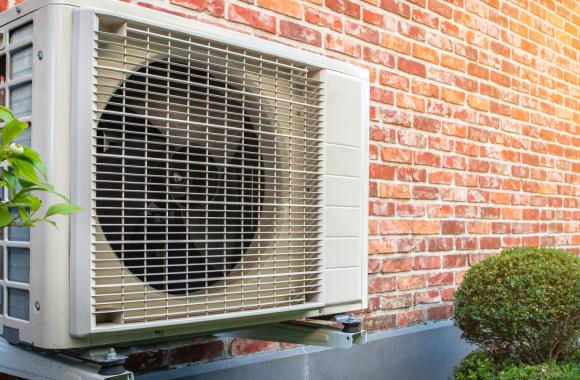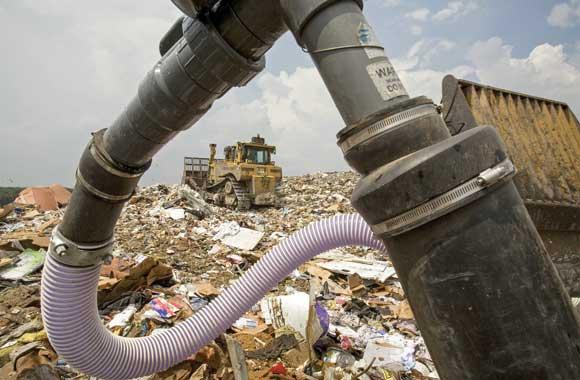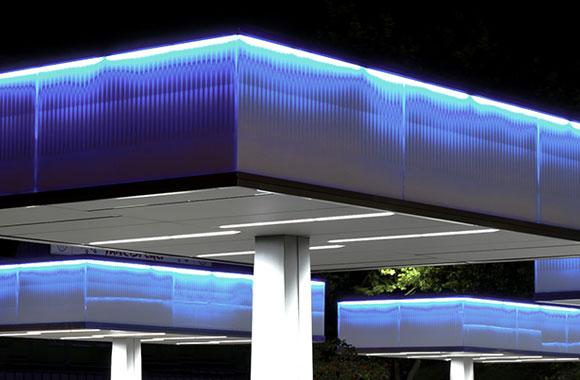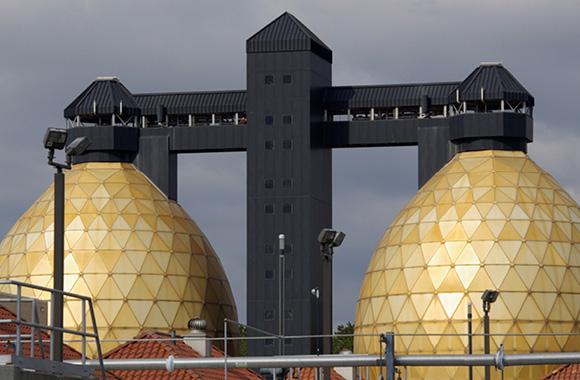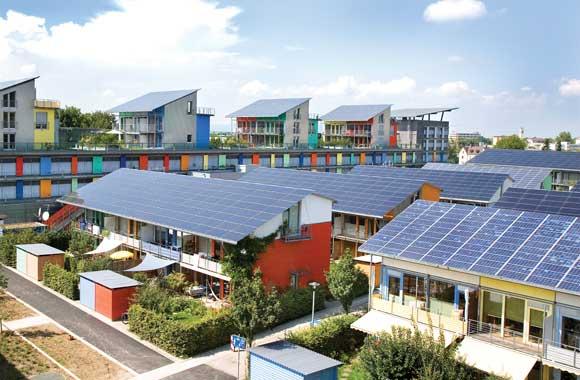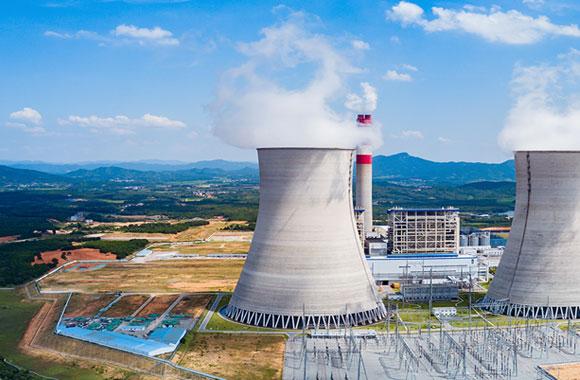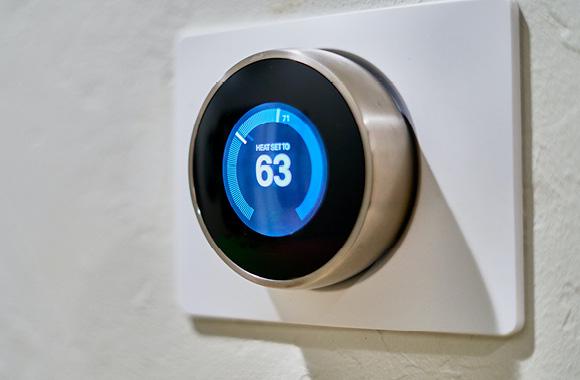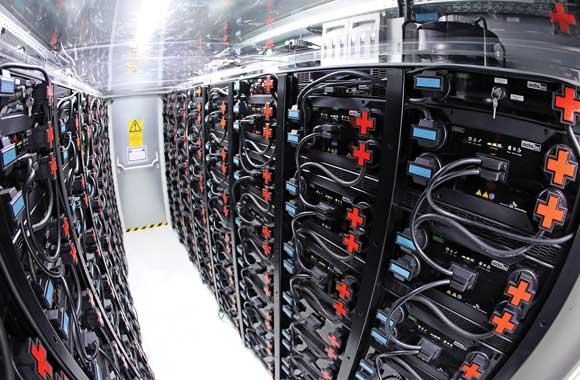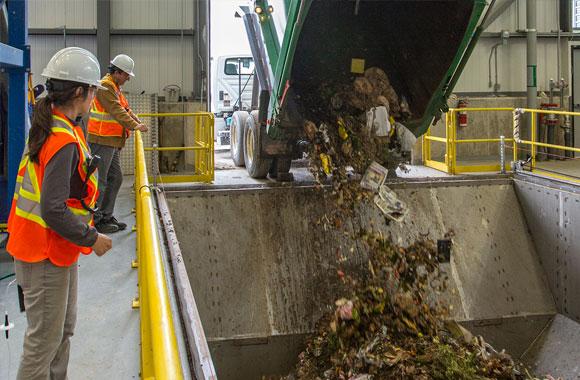Solar Hot Water
Solar hot water systems use the sun’s radiation, rather than fuel or electricity, to heat water. By replacing conventional energy sources with a clean alternative, they reduce emissions.
Reduced/Sequestered
2020–2050
To Implement
Operational Savings
Impact
If solar water heating grows from 8 percent of the addressable market in 2018 to 15–30 percent, the technology can reduce emissions by 3.41–13.73 gigatons of carbon dioxide equivalent. However, if energy costs remain as low as they are today, they may save only US$0.27–1.10 trillion for investments of $0.68–2.63 trillion. In calculating up-front costs, we assume solar water heaters supplement rather than replace electric and gas boilers.
Introduction
Heating water for showers, laundry, and washing dishes accounts for a quarter of residential energy use worldwide. Solar water heating—exposing water to the sun to warm it—can reduce that fuel consumption.
Project Drawdown’s Solar Hot Water solution involves the use of solar radiation to preheat or heat water for residential use. This solution replaces conventional fossil fuel-based water heating. Solar hot water is also used in commercial buildings, but we do not include this application here.
Solar hot water systems can be differentiated by the type of solar thermal collector used (unglazed and glazed flat plate collectors and evacuated tube collectors) and the type of system operation (active, which have circulating pumps and controls, and passive, which do not). Data suggest that 8 percent of the total had already adopted solar water heating by 2018 with a heavy concentration in China.
Methodology
Total Addressable Market
We defined the total addressable market for solar hot water as the amount of water heating demanded by residences worldwide. We estimated it using data from several sources, including the International Energy Agency (IEA) and Global Buildings Performance Network. It amounted to 5,400 terawatt-hour (therms) in 2018.
Adoption Scenarios
We calculated impacts of increased adoption of solar hot water from 2020 to 2050 by comparing two scenarios with a reference scenario in which the market share was fixed at current levels.
- Scenario 1: This scenario assumes that 799.11 terawatt-hours of solar hot water (15 percent of the total total addressable market) are adopted in 2050, and 50 percent of that would be adopted by 2030. A second-order polynomial curve is fit to those points to create a smooth curve.
- Scenario 2: This scenario assumes that 1,886.52 terawatt-hours of solar hot water (30 percent of the total total addressable market) are adopted in 2050 and 45 percent of that would be adopted by 2030. A second-order polynomial curve is fit to those points to create a smooth curve.
Emissions Model
The emissions included in this work cover electricity and fuel for conventional heating of water, electricity for pumping of water in solar hot water systems, and indirect emissions from construction of the water heating systems.
Financial Model
We assumed that solar hot water systems would supplement existing electric and gas heaters, not replace them. This is a conservative assumption, but it accommodates the need to provide backup systems with as much heating power as needed by households.
The first cost was an average of 41 data points from the International Energy Agency (IEA), Renewable Energy Policy Network for the 21st Century (REN21, 2018), and other sources. The ongoing annual costs are represented by the fuel and fixed and variable operating costs. Emissions calculations used emissions factors from the guidelines of the Intergovernmental Panel on Climate Change (IPCC).
Integration
We integrated the Solar Hot Water solution with others in the Buildings sector by first prioritizing all solutions according to the point of impact on building energy usage. This meant that building envelope solutions like Insulation were first, building systems like Building Automation Systems were second, and building applications like High-Efficiency Heat Pumps were last. We calculated the impact on building energy demand for highest-priority solutions and reduced energy-related input values for the Solar Hot Water solution to represent the impact of higher-priority building envelope solutions.
Although we used the term “priority,” we do not mean to say that any solution was of greater importance than any other, but rather that for estimating total impact of all building solutions, we simply applied the impacts of some solutions before others, and used the output energy demand after application of a higher-priority solution as the energy demand input to a lower-priority solution.
Results
All monetary values are presented in 2014 US$.
Scenario 1 shows a total greenhouse gas reduction of 3.41 gigatons of carbon dioxide-equivalent emissions. This environmental benefit comes at a cost of US$0.68 trillion in net first costs (including installation and replacement costs), and US$0.27 trillion in lifetime net operations savings.
Scenario 2 shows 13.73 gigatons of emissions avoided for US$2.63 trillion in net first costs. However, only US$1.10 trillion is saved over the lifetime of installed technology.
Discussion
Despite high up-front costs, solar hot water heaters are an important solution due to their attractive emissions savings. Financial data are very conservative here since we assumed that the conventional water heating systems are still purchased. If instead better hot water storage tanks are installed along with smaller conventional systems, a better financial impact could result.
Country-specific evidence indicates that some other factors may keep adoption low, such as limited roof space, high up-front costs, and perhaps lack of knowledge and access to the technology in some regions. The countries with highest adoptions are those with firm national policies of encouraging solar hot water investment. Once purchased, residents can enjoy the clean, low-cost technology and keep greenhouse gas emissions low.
References
International Energy Agency (IEA), 2012. Technology Roadmap: Solar Heating and Cooling. http://www.iea.org/publications/freepublications/publication/technology-roadmap-solar-heating-and-cooling.html
International Energy Agency (IEA), 2016. Energy Technology Perspectives. http://www.iea.org/etp/
International Energy Agency. (2017). Tracking Clean Energy Progress 2017 (Excerpt Informing Energy Sector Transformations). International Energy Agency (IEA). Retrieved from https://www.iea.org/publications/freepublications/publication/TrackingCleanEnergyProgress2017.pdf
REN21. (2018). Renewables 2018 Global Status Report (A comprehensive annual overview of the state of renewable energy). REN21. Retrieved from http://www.ren21.net/wp-content/uploads/2018/06/17-8652_GSR2018_FullReport_web_final_.pdf
What You Can Do
If you live in a sunny climate, consider installing a solar water heater at your home or place of business.
If you're a teacher, introduce your students to the many ways we capture and use the sun's energy—and encourage them to dream up even more.
- Expand your knowledge by exploring another Drawdown solution.
Co-benefits
Solar hot water helps reduce energy bills.

